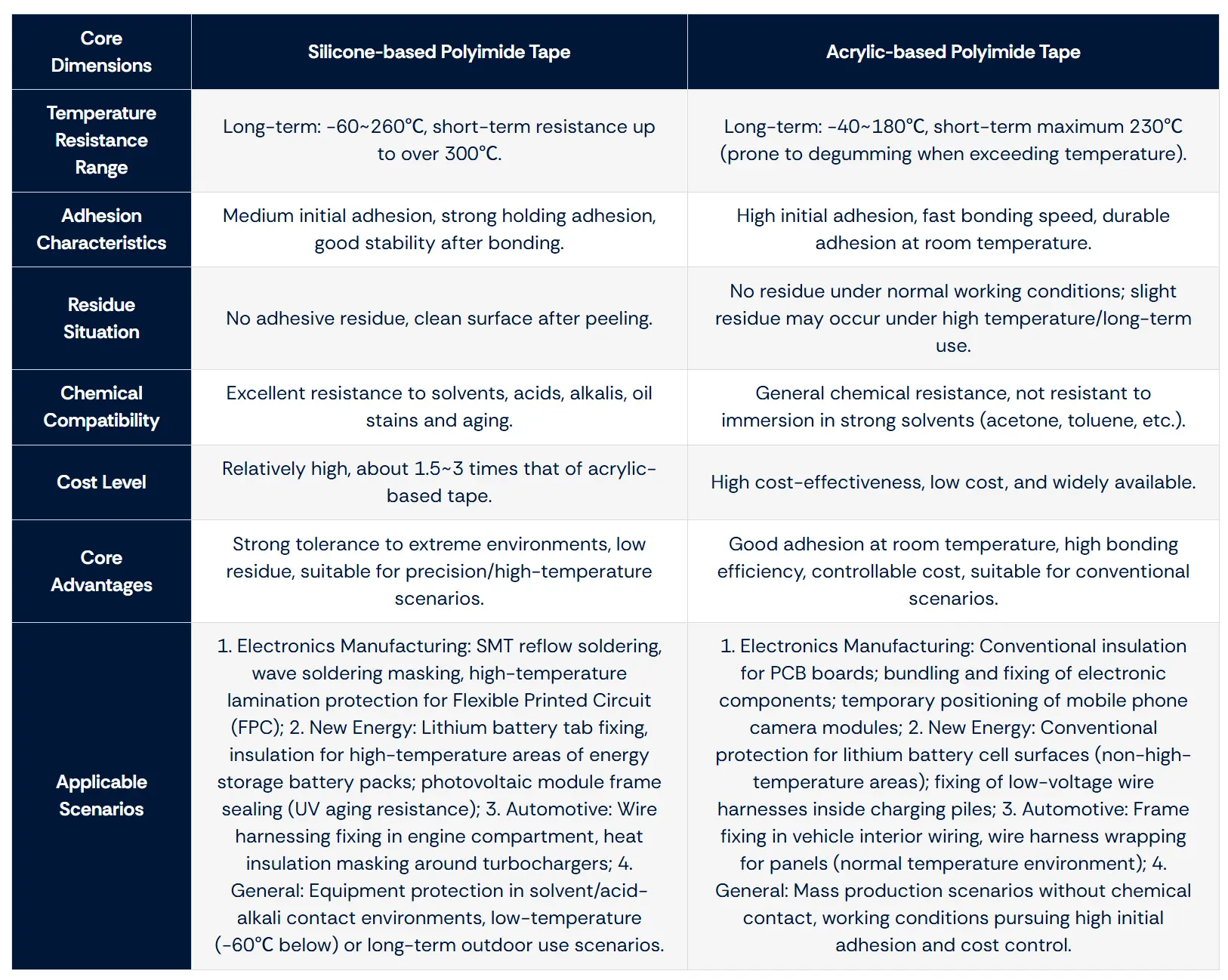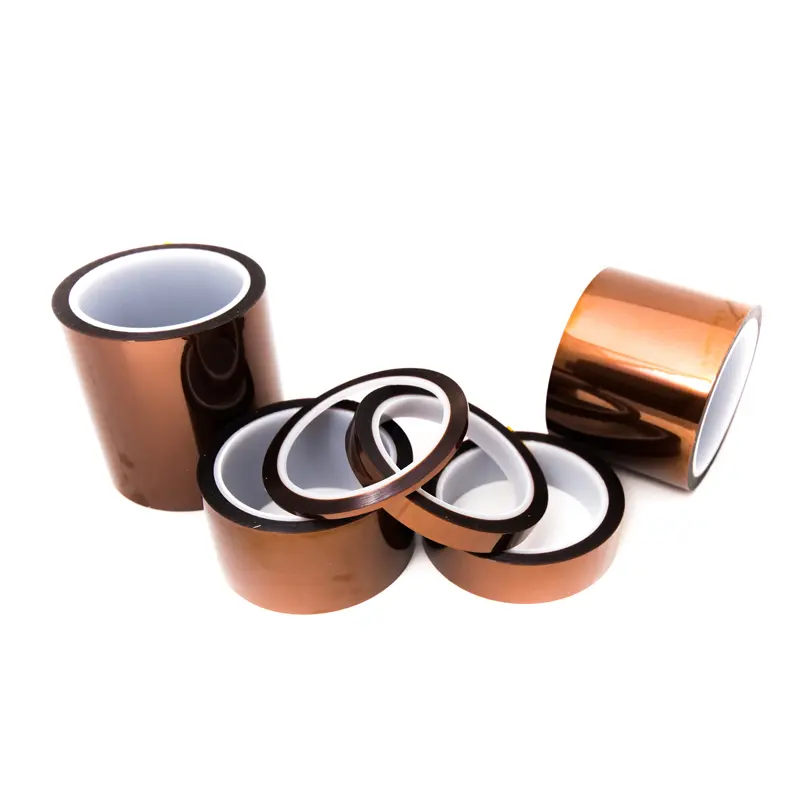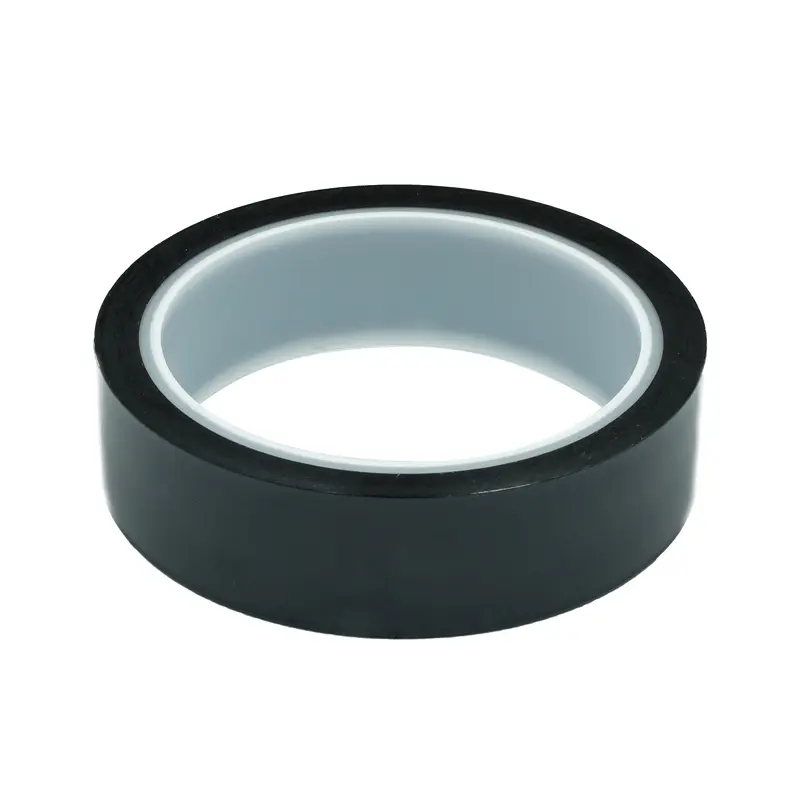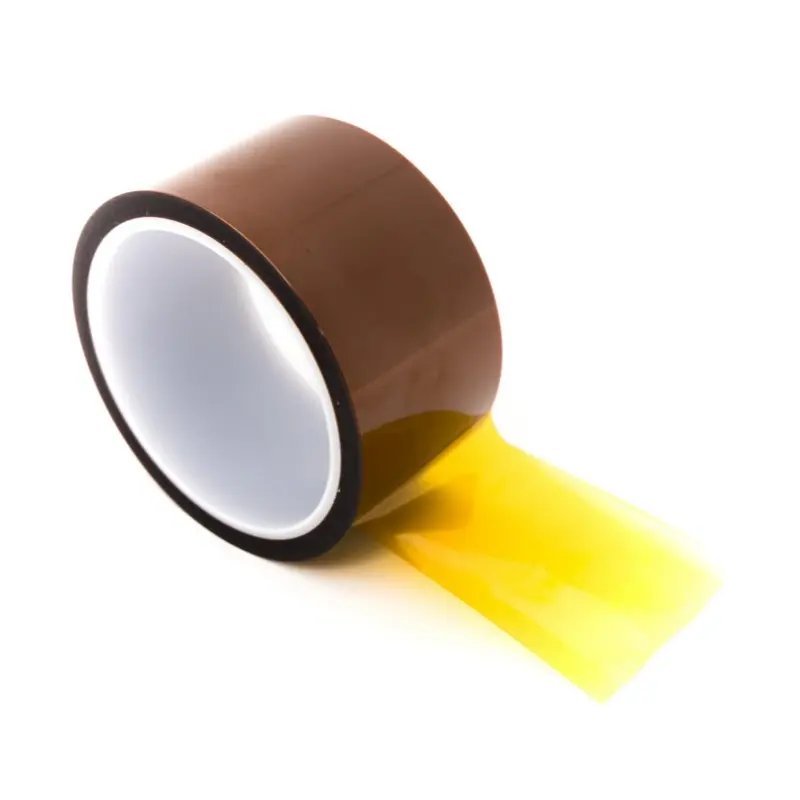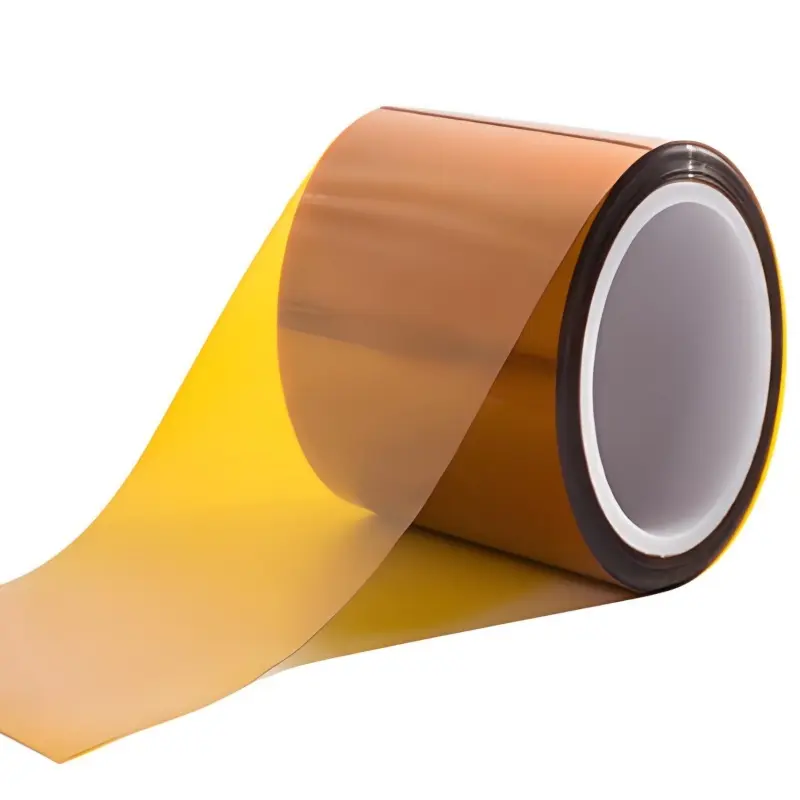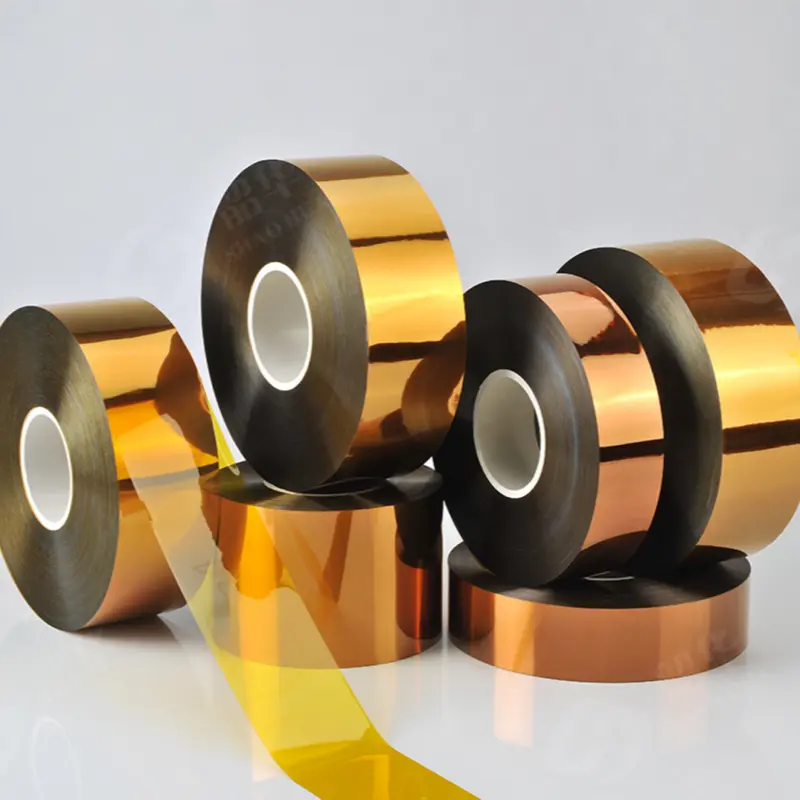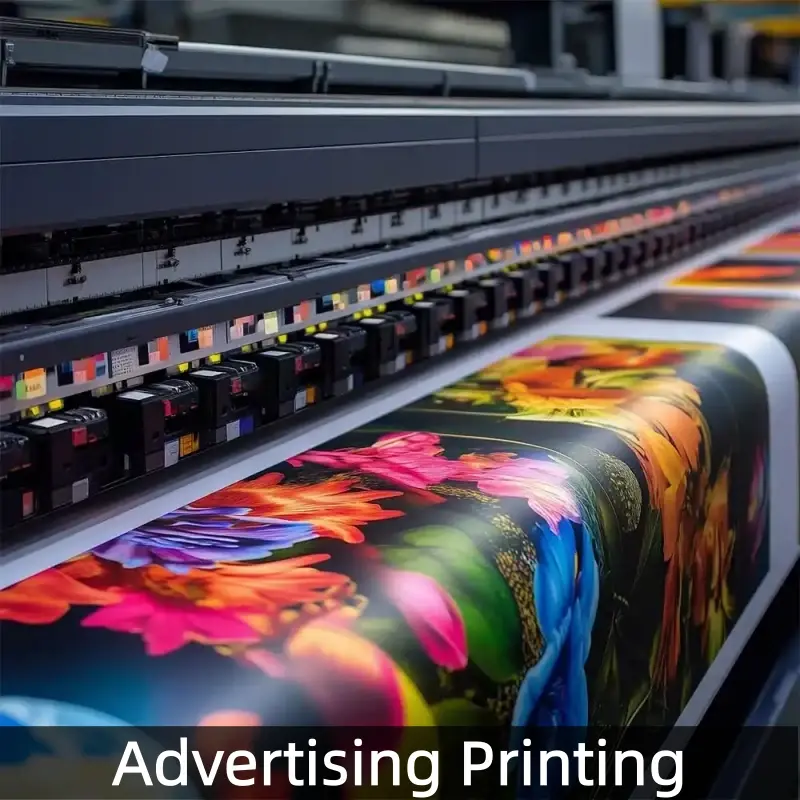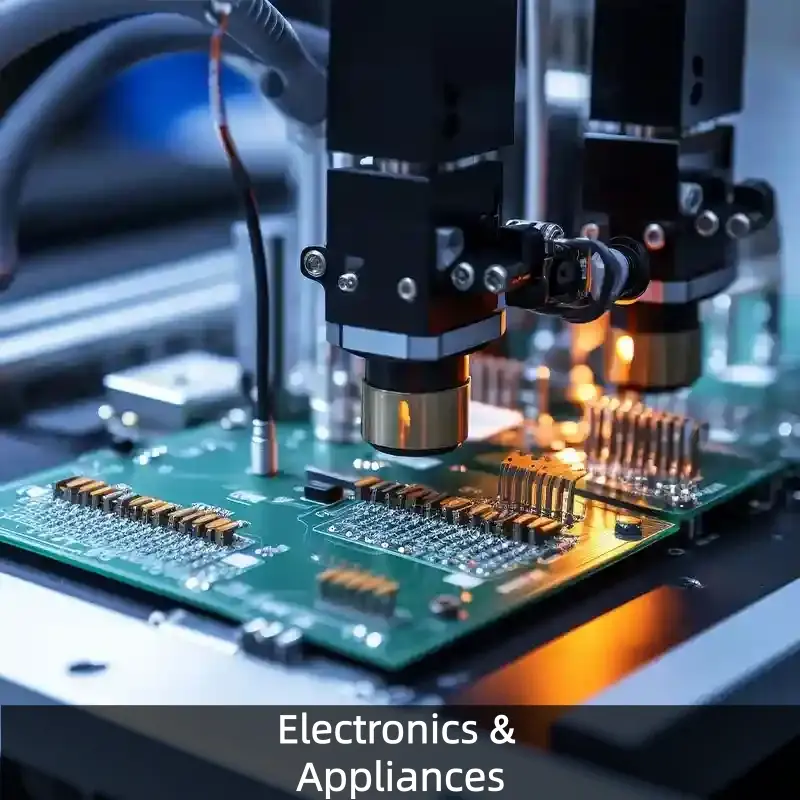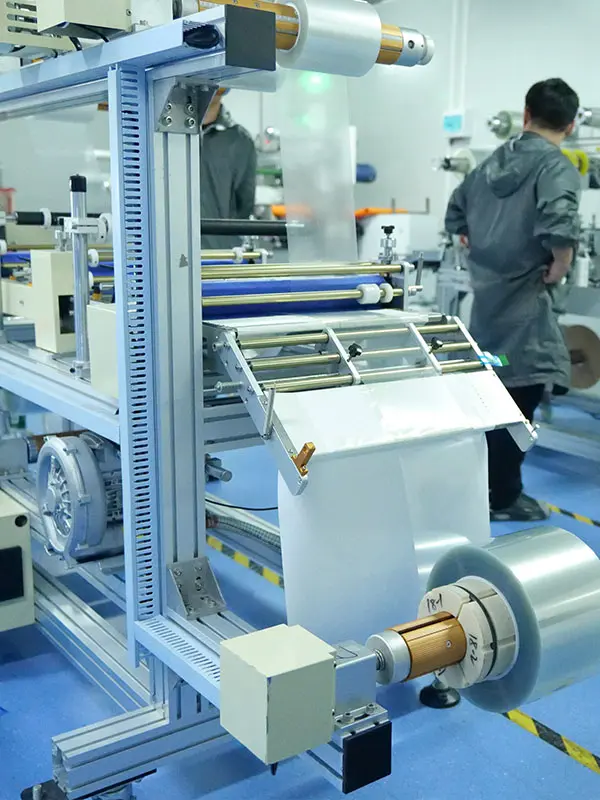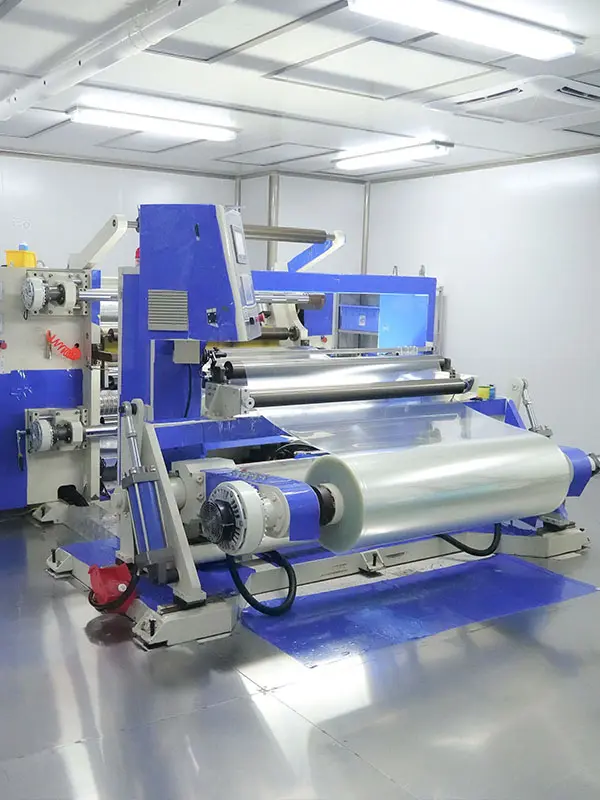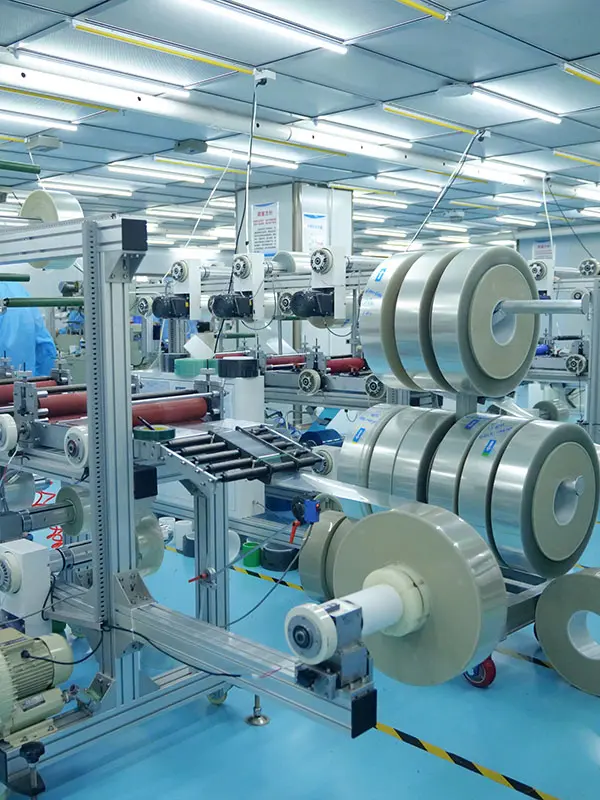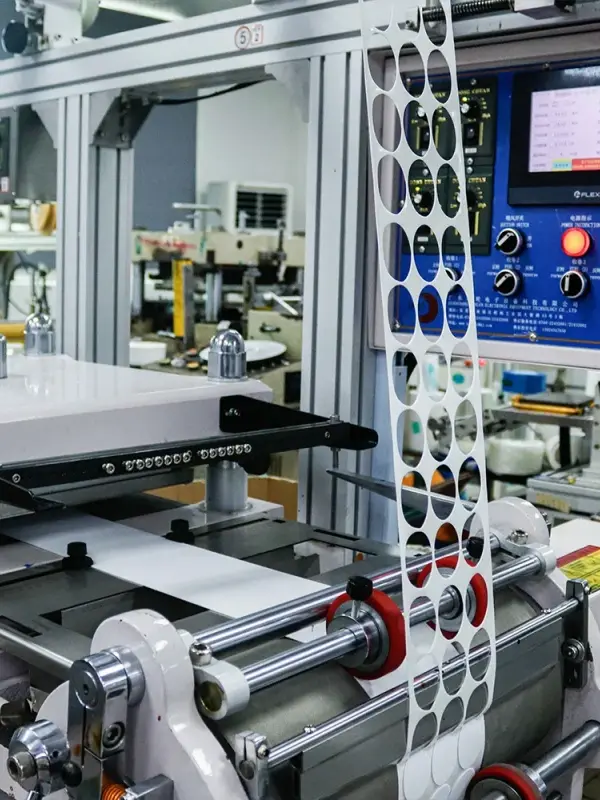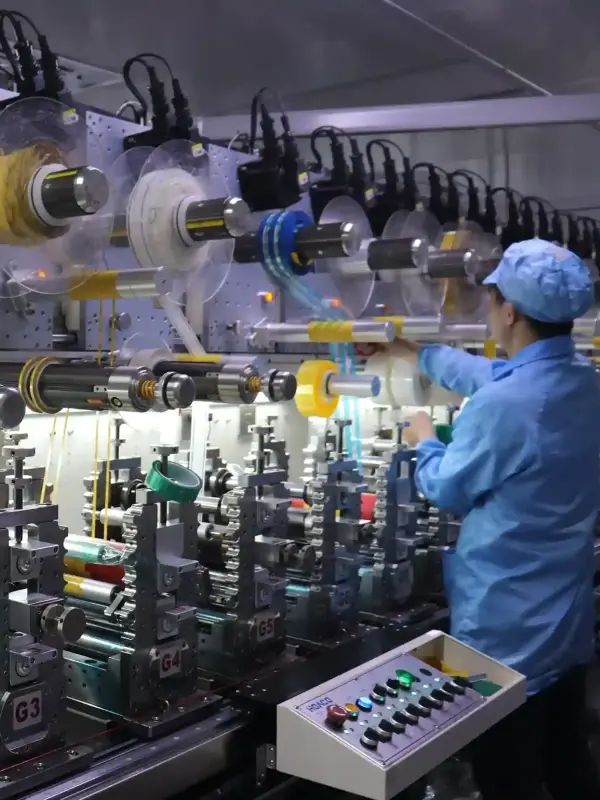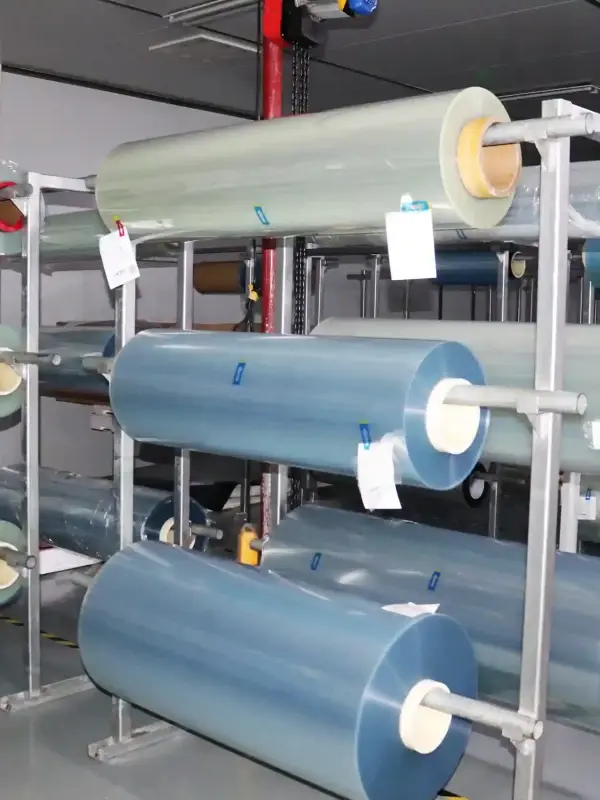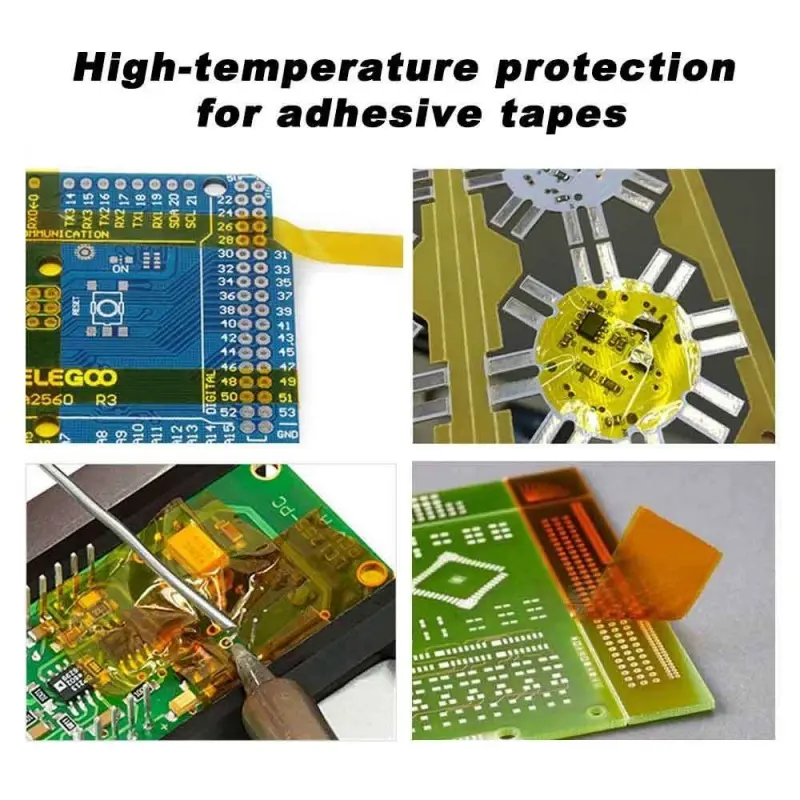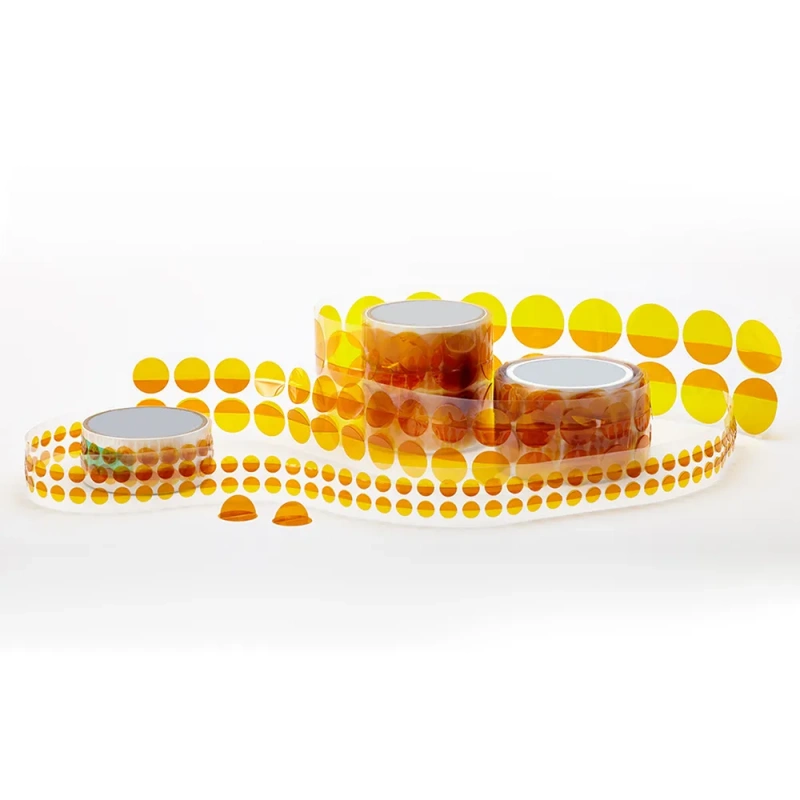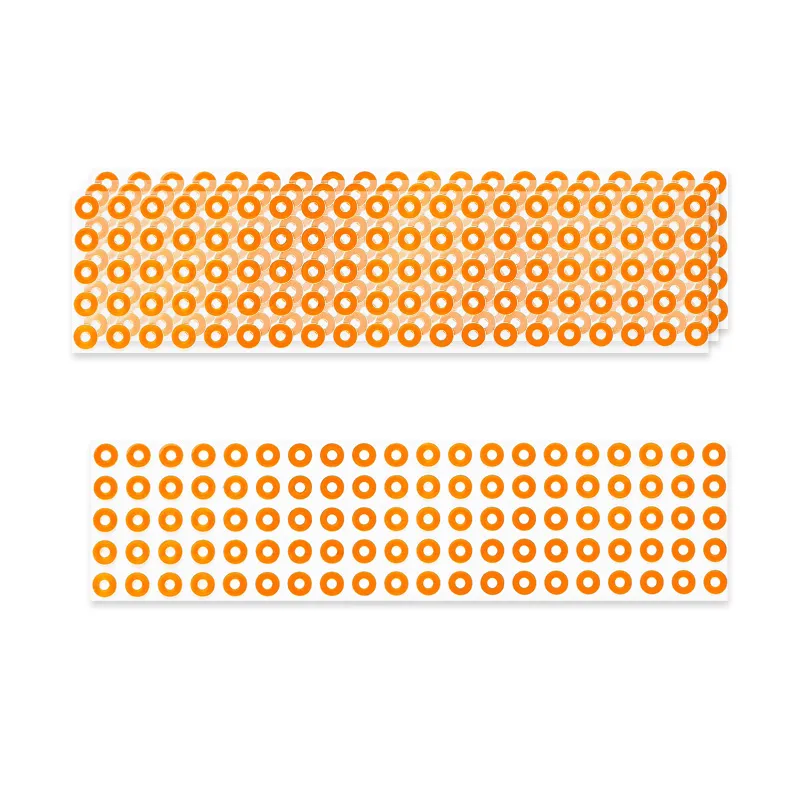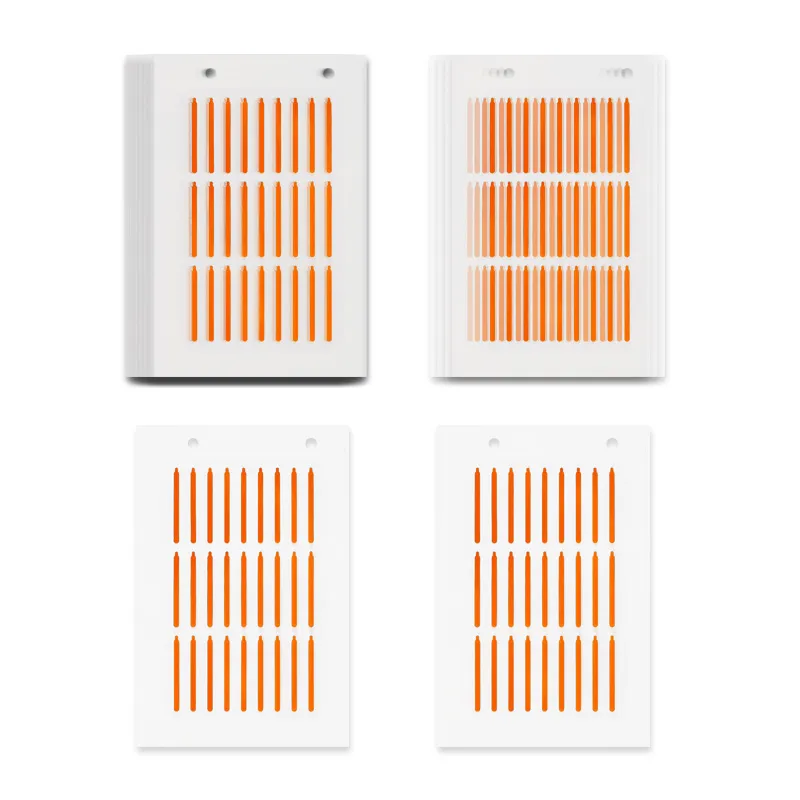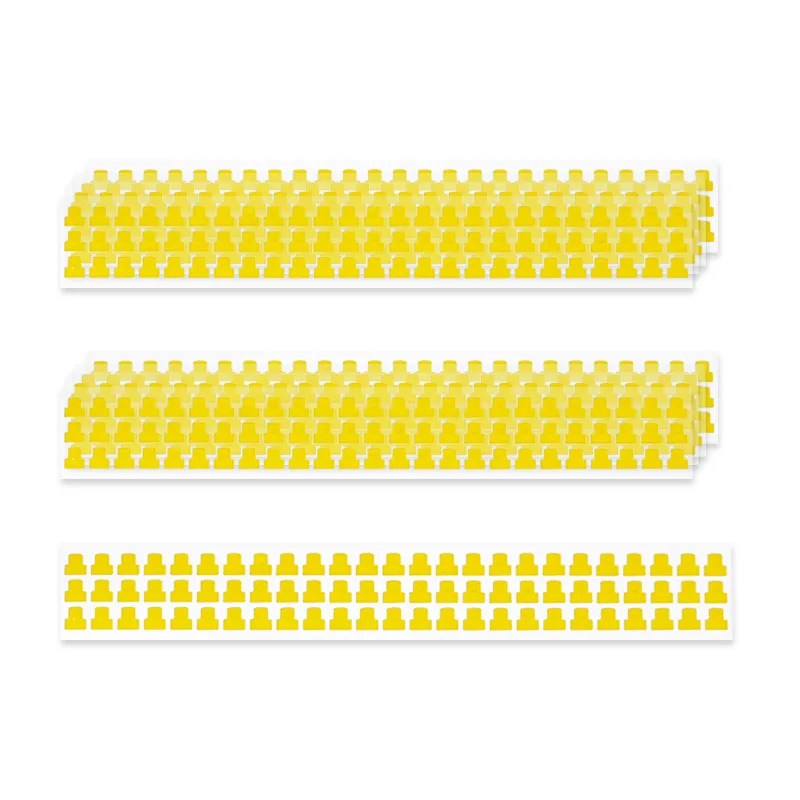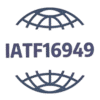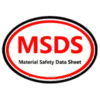Polyimide tape
Polyimide tape, best known by the trade name Kapton, is an engineered polymer material offering unmatched reliability. Unlike ordinary tapes, PI tape maintains its full mechanical, electrical, and adhesive properties under conditions that instantly degrade standard plastics.
Core Features and Advantages
- Extreme Thermal Endurance: Withstands continuous temperatures well over 260℃(500℉) making it vital for reflow soldering and high-heat environments.
- Superior Electrical Insulation: Maintains strong dielectric strength, essential for PCB insulation and battery tabs.
- High Durability: Resists chemicals, abrasion, and tearing, ensuring long-term reliability in rigorous industrial scenarios.
- Precision Design: Structure is thin yet robust, used for delicate tasks like flexible circuit bonding.
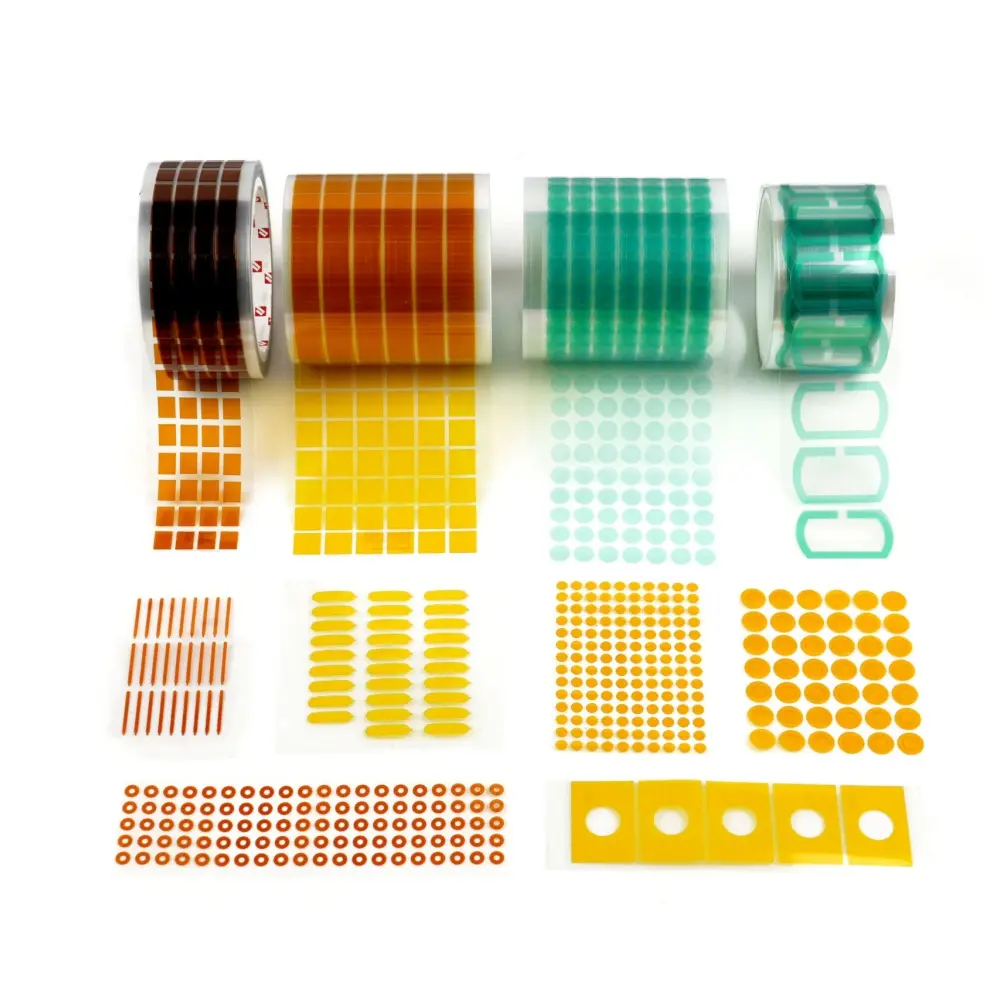
Product Selling Points
- Versatile Applications: Ideal for PCB production, electronic component protection, 3D printing, laser cutting, and high-temperature industrial operations.
- Cost-Effective Alternative to Imported Brands: Comparable performance to international brands at competitive pricing.
- Customizable: Available in various widths, thicknesses, and lengths for bulk orders.
- Fast Delivery: Factory direct supply with ample stock, supporting large orders.
- Certified Quality: ISO and UL certified, ensuring safe and reliable performance.
Polyimide Tape Adhesive System Selection Comparison Table
| Core Dimensions | Silicone-based Polyimide Tape | Acrylic-based Polyimide Tape |
| Temperature Resistance Range | Long-term: -60~260℃, short-term resistance up to over 300℃. | Long-term: -40~180℃, short-term maximum 230℃ (prone to degumming when exceeding temperature). |
| Adhesion Characteristics | Medium initial adhesion, strong holding adhesion, good stability after bonding. | High initial adhesion, fast bonding speed, durable adhesion at room temperature. |
| Residue Situation | No adhesive residue, clean surface after peeling. | No residue under normal working conditions; slight residue may occur under high temperature/long-term use. |
| Chemical Compatibility | Excellent resistance to solvents, acids, alkalis, oil stains and aging. | General chemical resistance, not resistant to immersion in strong solvents (acetone, toluene, etc.). |
| Cost Level | Relatively high, about 1.5~3 times that of acrylic-based tape. | High cost-effectiveness, low cost, and widely available. |
| Core Advantages | Strong tolerance to extreme environments, low residue, suitable for precision/high-temperature scenarios. | Good adhesion at room temperature, high bonding efficiency, controllable cost, suitable for conventional scenarios. |
| Applicable Scenarios | 1. Electronics Manufacturing: SMT reflow soldering, wave soldering masking, high-temperature lamination protection for Flexible Printed Circuit (FPC); 2. New Energy: Lithium battery tab fixing, insulation for high-temperature areas of energy storage battery packs; photovoltaic module frame sealing (UV aging resistance); 3. Automotive: Wire harnessing fixing in engine compartment, heat insulation masking around turbochargers; 4. General: Equipment protection in solvent/acid-alkali contact environments, low-temperature (-60℃ below) or long-term outdoor use scenarios. | 1. Electronics Manufacturing: Conventional insulation for PCB boards; bundling and fixing of electronic components; temporary positioning of mobile phone camera modules; 2. New Energy: Conventional protection for lithium battery cell surfaces (non-high-temperature areas); fixing of low-voltage wire harnesses inside charging piles; 3. Automotive: Frame fixing in vehicle interior wiring, wire harness wrapping for panels (normal temperature environment); 4. General: Mass production scenarios without chemical contact, working conditions pursuing high initial adhesion and cost control. |
Customizable styles
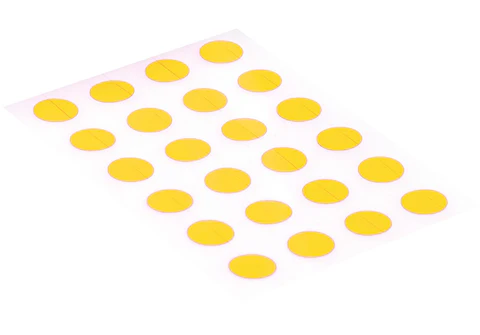
1. Polyimide CIRCLES
Primarily used for localized masking and protection in electronic manufacturing, such as:
- precise masking during PCB wave soldering and gold finger spraying (to prevent solder joints/gold fingers from being contaminated);
- protection of specific areas in high-temperature spraying processes (high temperature resistance, easy peeling, and no residue).
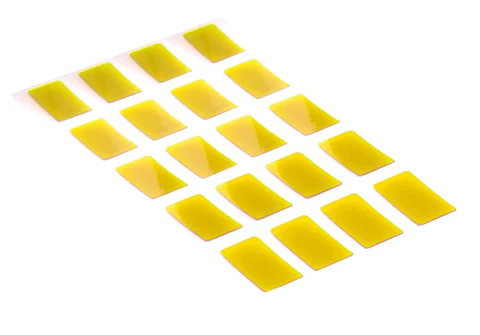
2. Polyimide rectangular
It belongs to the category of die-cut custom shapes and is commonly used for:
- fixing and insulating the positive/negative tabs of lithium batteries;
- component masking in SMT (Surface Mount Technology) processes;
- partial insulation wrapping of motor and transformer coils.
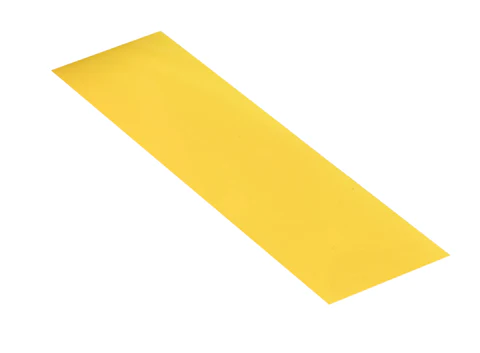
3. Polyimide Rolls
Supplied in roll form, suitable for large-area/continuous processing scenarios:
- Coil insulation wrapping for motors and transformers (resistant to high and low temperatures, high insulation level);
- Substrate for flexible printed circuits (FPC);
- High-temperature insulating sleeves for cables.
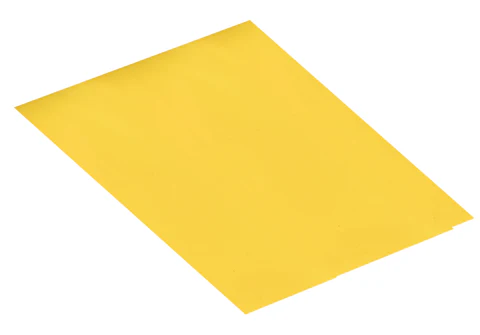
4. Polyimide Sheets
Suitable for large-area/custom-size insulation/substrate needs:
- Encapsulation substrates for high-temperature heating films (such as heating elements in aerospace/medical equipment);
- Sample support films for X-ray fluorescence spectroscopy (XRF) analysis;
- Structural support and overall protection of gold fingers for flexible circuit boards.
Our Production Equipment
Jiujiang Leadcomp Co., Ltd. has many years of experience in the manufacturing of high-temperature tapes. Our factory is equipped with advanced slitting, die-cutting, and coating equipment, enabling large-scale, precise, and high-quality production. Each roll of tape undergoes rigorous quality control to ensure its reliability and consistency in industrial applications.
Customer Success Stories
Jiujiang Leadcomp Co., Ltd. provides high-quality ODM and OEM tape solutions for numerous industries, customizing die-cut tape products to meet each customer’s unique needs. With years of experience in precision die-cutting, we pride ourselves on advanced processes and attention to detail. The following showcases our superior die-cutting technology and samples, reflecting our relentless pursuit of quality and precision.

